Market Growth Projections
The Global Airport Ground Support Equipment Market (GSE) Industry is poised for substantial growth, with projections indicating a market value of 9.6 USD Billion in 2024 and an anticipated increase to 19.0 USD Billion by 2035. This growth trajectory suggests a compound annual growth rate of 6.4% from 2025 to 2035. Such projections reflect the increasing demand for advanced ground support solutions, driven by factors such as rising air traffic, technological advancements, and sustainability initiatives. The market's expansion is likely to create opportunities for innovation and investment, further enhancing the capabilities of ground support operations worldwide.
Sustainability Initiatives
Sustainability initiatives are becoming a cornerstone of the Global Airport Ground Support Equipment Industry. Airports are increasingly adopting green practices to reduce their environmental footprint. This shift is evident in the growing demand for electric and hybrid ground support airport gse equipment, which aligns with global efforts to combat climate change. As airports strive to meet sustainability targets, investments in eco-friendly equipment are likely to rise. This trend not only enhances operational efficiency but also appeals to environmentally conscious travelers. The focus on sustainability is expected to contribute to the market's growth trajectory, with a projected value of 19.0 USD Billion by 2035.
Technological Advancements
Technological innovations play a pivotal role in shaping the Global Airport Ground Support Equipment Industry. The integration of automation and digital solutions enhances operational efficiency and safety. For instance, the adoption of electric ground support equipment reduces carbon emissions and operational costs, aligning with global sustainability goals. As airports increasingly prioritize eco-friendly practices, the demand for advanced airport gse equipment is expected to rise. This trend is likely to contribute to the market's projected growth, with a compound annual growth rate of 6.4% anticipated from 2025 to 2035. Thus, technological advancements are not merely enhancements but essential components for future market expansion.
Globalization of Air Travel
The globalization of air travel is a significant driver of the Global Airport Ground Support Equipment Industry. As international travel becomes more accessible, airports are experiencing increased passenger volumes and diverse airline operations. This trend necessitates the expansion and modernization of ground support equipment to accommodate various aircraft types and operational requirements. Airports are investing in versatile equipment that can handle the complexities of global air travel, including multi-functional vehicles and advanced baggage handling systems. This globalization trend is likely to stimulate market growth, as airports seek to enhance their capabilities and improve passenger experiences.
Increasing Air Traffic Demand
The Global Airport Ground Support Equipment Industry is experiencing a surge in demand driven by the increasing volume of air traffic worldwide. As more passengers opt for air travel, airports are compelled to enhance their operational efficiency and capacity. This trend is expected to contribute to the market's growth, with projections indicating a market value of 9.6 USD Billion in 2024. The need for advanced ground support equipment, such as baggage handling systems and refueling vehicles, becomes paramount to accommodate this rising demand. Consequently, investments in modernizing ground support infrastructure are likely to escalate, further propelling the market forward.
Regulatory Compliance and Safety Standards
The Global Airport Ground Support Equipment Industry is significantly influenced by stringent regulatory compliance and safety standards. Governments worldwide are implementing rigorous regulations to ensure the safety and efficiency of airport operations. Compliance with these regulations necessitates the acquisition of modern ground support equipment that meets safety and environmental standards. As a result, airports are increasingly investing in state-of-the-art equipment to adhere to these regulations. This trend is expected to drive market growth, as the need for compliant airport gse equipment becomes a priority for airport operators. The emphasis on safety and compliance is likely to shape the future landscape of the market.
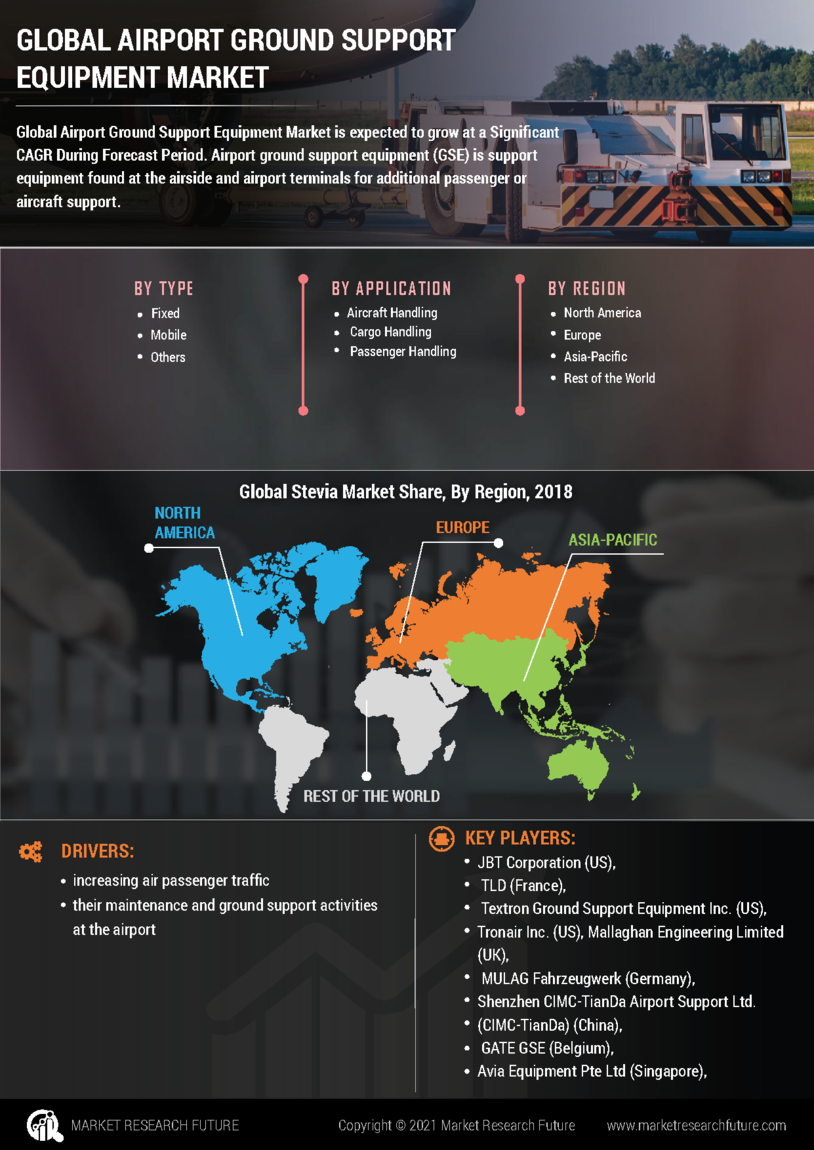

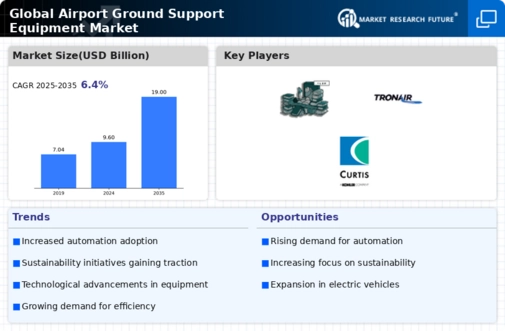
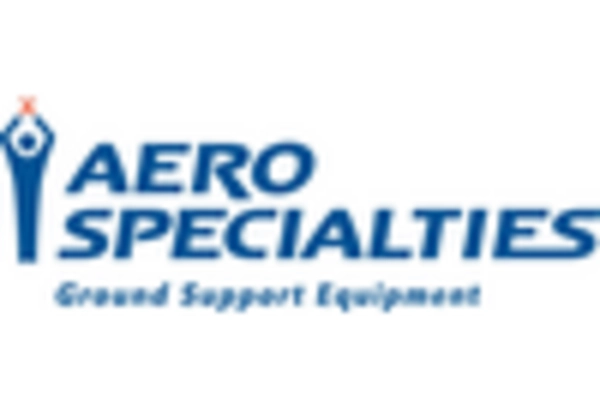

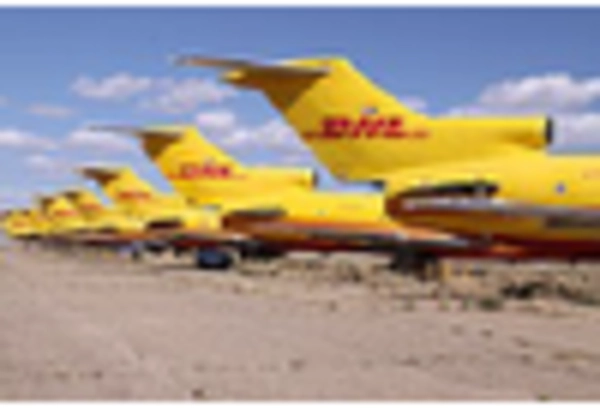
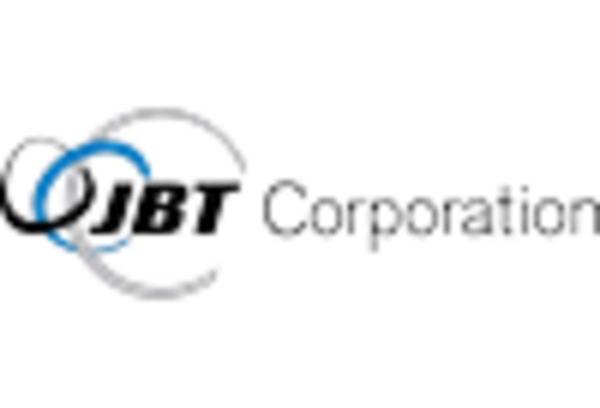

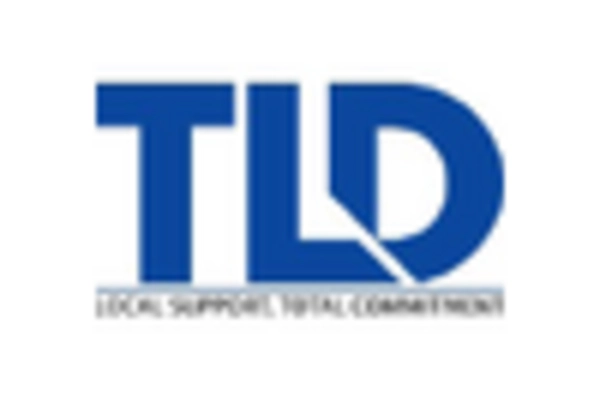








Leave a Comment